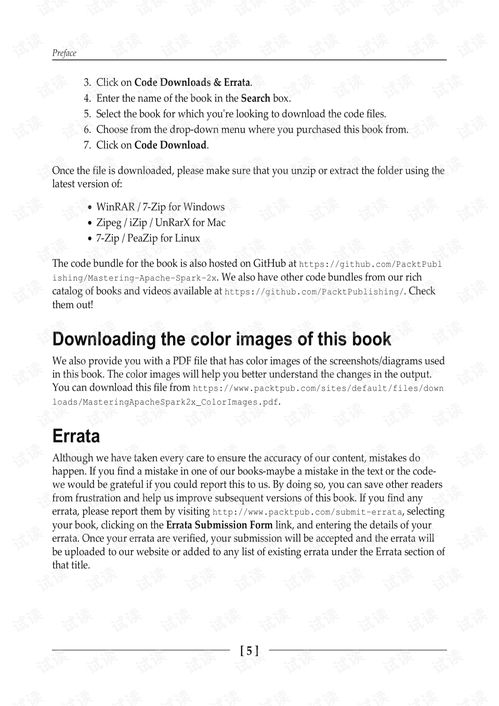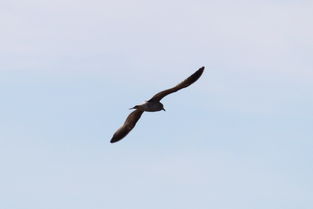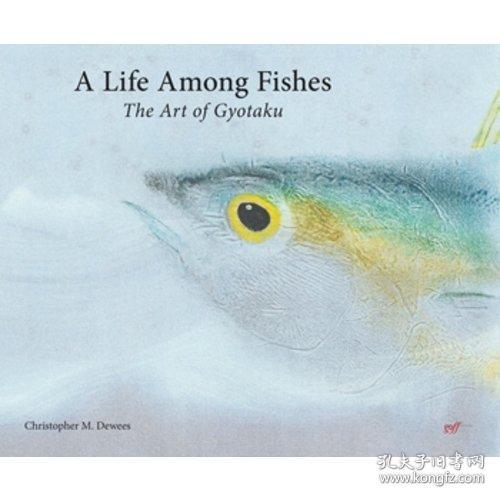Content:
As the seasons transition from summer to autumn and then to winter, anglers often find themselves facing new challenges in their fishing endeavors. One such challenge is the elusive floating fish, which can be particularly tricky to catch during the cooler months. Whether you're targeting bass, trout, or other species known for their tendency to float, mastering the art of floating fish fishing requires a blend of patience, technique, and understanding of the fish's behavior. Here's a comprehensive guide to help you catch those slippery floaters this fall and winter.
Understanding Floating Fish Behavior
Before diving into the fishing techniques, it's crucial to understand why fish float. In the cooler months, water temperatures drop, and fish often seek out areas with more oxygen and food. Floating fish are often found near the surface, where they can find insects and other prey. They may also float to escape predators or to conserve energy by staying in warmer water layers. Knowing this behavior can help you predict their movements and set up your fishing strategy accordingly.
Choosing the Right Gear
The right gear is the foundation of a successful fishing trip. Here's what you'll need:
Rod and Reel: A medium to heavy-action rod with a fast or extra-fast tip is ideal for casting and handling larger baits. A quality reel with a smooth drag system is essential for handling the fight with floating fish.
Line: Use a monofilament line with a high-visibility color, such as chartreuse or white, to spot strikes more easily. The line should be strong enough to handle the size of fish you're targeting but not so heavy that it affects your presentation.

Hooks: Small to medium-sized hooks are best for floating fish. Choose a hook size that matches the size of your bait or lure.
Bait or Lure: Live bait like worms, crickets, or minnows can be effective, but artificial lures like spinners, poppers, or floating jigs can also work well.
Leader and Float: A leader of 12-18 inches in length with a sliding float or a fixed float is essential for presenting your bait or lure at the right depth.
Setting Up Your Rig
The setup for floating fish fishing is straightforward but requires attention to detail:
Attach the Leader: Tie your main line to the swivel or clip of your rod's reel seat. Then, tie the leader to the swivel with a loop knot or a uni-knot.
Add the Float: Slide the float onto the leader, making sure it's positioned about 6-12 inches above the hook, depending on the depth you want to fish.
Attach the Hook: Tie the hook to the end of the leader, leaving enough room for the bait or lure to move freely.
Adjust the Weight: If necessary, add split shot or a sinker to the line above the float to get your bait or lure down to the desired depth.
Fishing Techniques
Once your rig is set up, here are some techniques to help you catch floating fish:
Cast and Let Set: Cast your line out and let it settle on the water. Wait for a few moments before starting your retrieve to give the fish time to inspect your bait or lure.
Twitch and Pause: Retrieve your bait or lure with short, sharp twitches followed by pauses. This mimicry of natural prey movement can trigger strikes.
Pop and Pause: If you're using a popper, work it with a series of quick pops followed by pauses. The sudden movement can attract the attention of floating fish.
Sensitivity: Floating fish are often very cautious. Pay close attention to your line for any subtle movements or tugs, which could indicate a bite.
Adjust Your Rig: If you're not getting bites, try adjusting the depth of your rig by adding or removing weight. You may need to fish closer to the surface or deeper depending on the fish's behavior.
Patience: Floating fish can be elusive, so patience is key. Stay focused and keep experimenting with different techniques until you find what works.
Conclusion
Fishing for floating fish during the fall and winter months can be a rewarding but challenging experience. By understanding the behavior of these fish, choosing the right gear, and employing effective techniques, you can increase your chances of success. Remember to be patient, stay adaptable, and enjoy the beauty of the changing seasons as you pursue those slippery floaters. Happy fishing!












